4 Signs Dehydration is Affecting Your Performance
These 4 signs can mean dehydration is affecting your performance
As a triathlete, you want to push harder every training session to ensure you can give your best performance on race day. However, in this pursuit of improvement, a common issue you might encounter is dehydration. How do you know when you’re suffering from dehydration? Watch for these 4 signs of dehydration and keep it from affecting your performance. Pro tip: if you experience any of the 4 signs of dehydration, stop what you’re doing immediately, find shade, and hydrate.
1. Body overheating
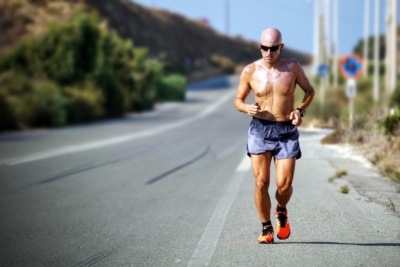
If your body begins to overheat, stop immediately.
During your triathlon training, you need to monitor your body’s ability to cool itself. Dehydration increases the thickness of your blood while reducing its volume simultaneously. As a result, your skin won’t be able to dissipate the heat generated during your training session. Not only does this overheat your body, but you’ll find it harder to continue pushing yourself to your limits. Pro tip: these habits of successful triathletes are beneficial to any training plan.
2. Dizziness and headaches
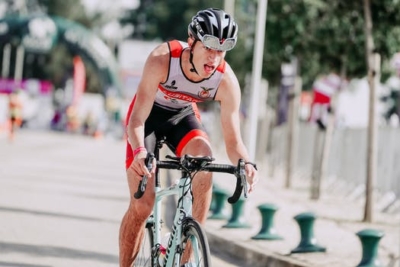
Signs you’re dehydrated include blurry vision, headaches, and dizziness.
Dehydration during triathlon training can have an adverse impact on your well-being if you don’t pay attention to your body. Signs you might be dehydrated include blurry vision, dizziness, headaches, and light-headedness. Due to overheating, you could experience chills, even if you train in a hot environment. This will increase your skin sensitivity and cause goosebumps. If you do live in a warmer climate, follow these tips to beat the heat.
3. Muscle cramps
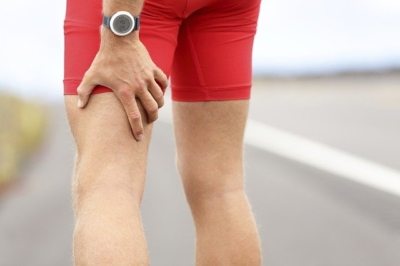
Muscle cramps can indicate dehydration.
The intensity of training and dehydration can put immense stress on your body, especially when you’re increasing your bike mileage. Sweating and extensive training on a daily basis increases how much sodium and fluid you lose. Sodium is essential as it is in charge of nerve impulse transmission, cognitive function, muscle contraction, and nutrient absorption in your gut. Lack of sodium affects your calorie intake while also causing your muscles to cramp.
4. Decrease in cardiovascular function
Due to the effects of dehydration, your heart won’t be able to pump the same amount of blood as it normally does. If you continue training under this condition, there will be a drop in your cardiovascular function. Your heart won’t be able to pump enough fresh blood to your muscles.
It’s imperative that you pay attention to your body during training. The more time spent training, the more you should hydrate beforehand and during. Check out these different ways to carry hydration during your runs. If you hydrate regularly on a daily basis, you can avoid many of these symptoms. Always make sure you replenish the fluids you lose while sweating, especially electrolytes. Remember, if you experience any of the 4 signs of dehydration, stop what you’re doing immediately, find shade, and hydrate.

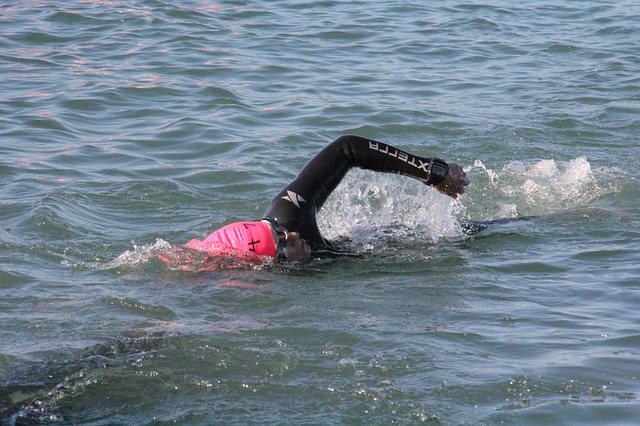
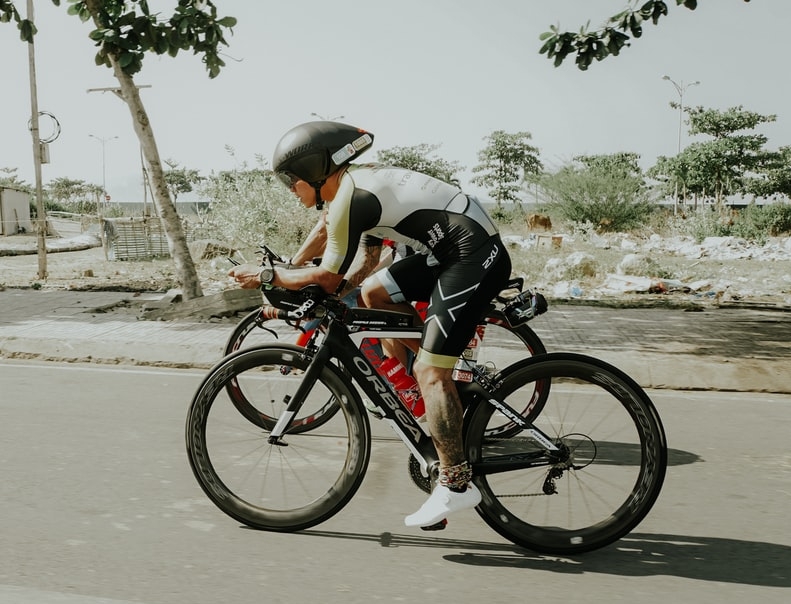
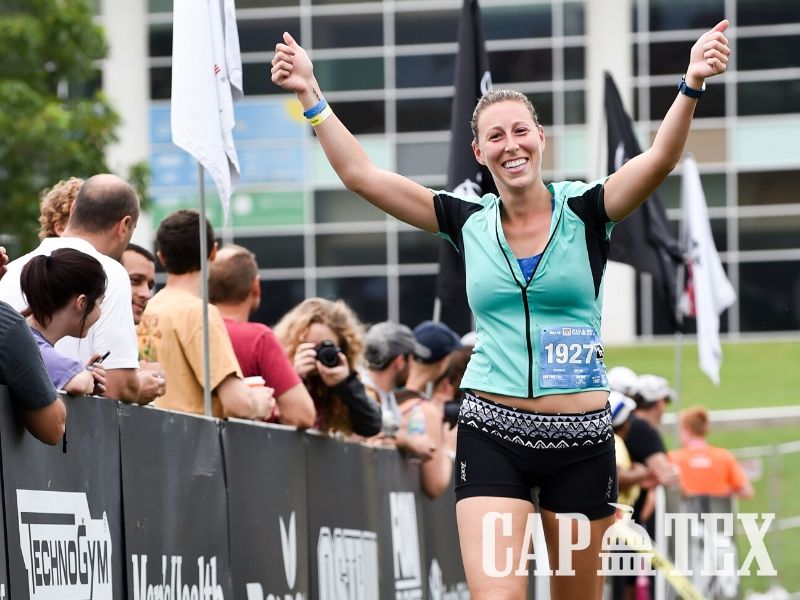


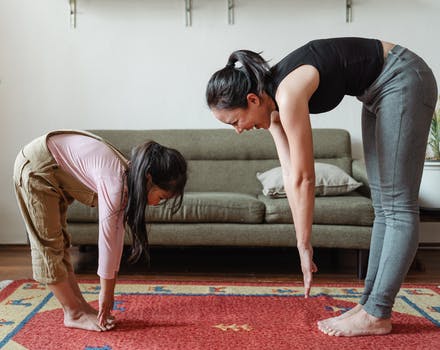
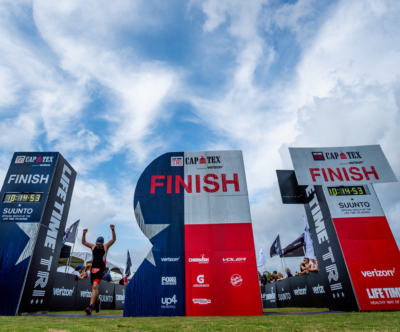

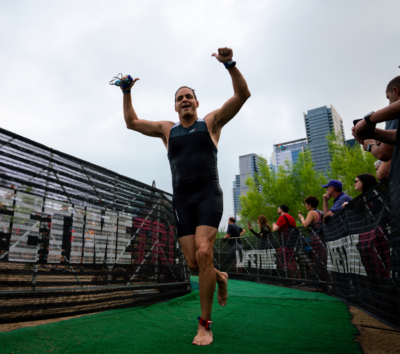
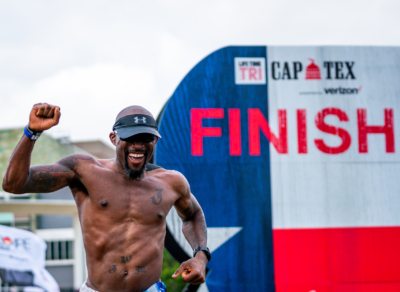
 This is self-explanatory! Whether it’s a rest day or your longest ride ever, you have to do the work. You don’t need to set records every time, but you do need to be consistent. That’s how you’ll build your stamina and teach your body to ride further and further. If there’s a day where you just can’t squeeze in a ride or workout (because life happens), don’t stress. Don’t try to make it up the next day. Squeeze in a foam roll or stretch session if you can and keep moving forward with your plan! Make sure you practice these
This is self-explanatory! Whether it’s a rest day or your longest ride ever, you have to do the work. You don’t need to set records every time, but you do need to be consistent. That’s how you’ll build your stamina and teach your body to ride further and further. If there’s a day where you just can’t squeeze in a ride or workout (because life happens), don’t stress. Don’t try to make it up the next day. Squeeze in a foam roll or stretch session if you can and keep moving forward with your plan! Make sure you practice these  As you increase your bike mileage, you begin to get comfortable with being uncomfortable. Weekend rides begin to get longer and longer. As you hit new distances, it’s important to remain focused on form and technique. You want to remain as efficient as possible. Focusing on your form will allow you to generate power efficiently. This will also help with your body’s ability to consume oxygen.
As you increase your bike mileage, you begin to get comfortable with being uncomfortable. Weekend rides begin to get longer and longer. As you hit new distances, it’s important to remain focused on form and technique. You want to remain as efficient as possible. Focusing on your form will allow you to generate power efficiently. This will also help with your body’s ability to consume oxygen. Before your long ride, make sure you have a plan. You should ride as consistently as possible to build your stamina. Planning your route reduces the chance you have to stop and check where you are or ask for directions. For longer rides, planning your route allows you to refuel at a
Before your long ride, make sure you have a plan. You should ride as consistently as possible to build your stamina. Planning your route reduces the chance you have to stop and check where you are or ask for directions. For longer rides, planning your route allows you to refuel at a